When I first read Dr. Bernstein’s Diabetes Solution and made my decision to go on a low carb diet, my eyes almost popped out when I read the list of things I couldn’t eat anymore. The first few days were difficult, more so for breakfast than for the other meals. I was eating eggs, ham and cheese in all forms – but come on, eggs are eggs no matter how you cook them – scrambled eggs with ham and cheese, omelette with ham and cheese, fried eggs with ham and cheese, baked eggs with ham and cheese, poached eggs with ham and cheese 😦
After the first week, I started scouring the internet for recipes – had some successes and failures. Then, I started to substitute ingredients in my favourite breakfast recipes with low carb items. Now I can say that I have enough different breakfast items to provide some variety.
Lunch and dinner are actually not so difficult – just leave out the carb items. However, there are still some things which I do enjoy eating like noodles and would be sad to give up. I came across a Japanese product called shirataki noodles – touted as the ‘miracle noodle’ – on many low carb forums.
Last week, I went in search of shirataki noodles . I decided to pay a visit to one of the big Asian supermarkets on Rosenheimerstrasse here in Munich to see if I would strike lucky and I did.

Shirataki Noodles
I had found on-line shops selling the noodles and looking at the accompanying photos, had imagined a big packet of noodles – just like the sizes you see on your supermarket shelves. Imagine my surprise when I was confronted with a tiny packet. The packet only measures 15cm X 10 cm (5 1/2 in X 4 in)! 200gr of noodles in this little packet. The quantity looks enough for only 1 person!
These noodles are used in sukiyaki hot pots. I do love sukiyaki – especially on a cold winter day. After reading more about this noodle in my Japanese cookbook, I had expected the labelling on the packet to read ‘Produced in Japan‘ but it said ‘Produced in China‘. Do I need to be concerned?
For the time being, the noodles will sit in my pantry till I have time to experiment.
update 4 Mar 2011: just a note to say that after eating a meal with shirataki noodles, my tummy feels kind of bloated and uncomfortable. I think the noodles don’t digest too well. However, I still eat them.
While at the supermarket, I spent a little time looking at some of the other products. So what else can I buy which is low carb?
Well, I found several things.
For one, tofu and tofu products. Just look at the labels to make sure none of the other ingredients added have sugar or are not low carb. Two tofu items I bought are Silken Tofu and Fried Bean Curd Balls.

Silken Tofu

Fried Bean Curd Balls
Then I found some Nori. Nori is not only used as a wrapping for sushi rolls. The Japanese and Koreans also eat these as snacks.

Nori Snack Packs
Then I bought some agar-agar. Agar-agar is gelatin made from red algae. Agar-agar is used as an ingredient in desserts throughout Asia and I’ve just discovered that it can be used as a thickener in soups and in ice-cream as well.

Agar-Agar
And lastly, I bought some chinese vegetables – pak choi and bean sprouts. There are lots of lovely Chinese vegetables to add variety to your diet.
On my next visit, I will plan more time so that I can look for interesting low carb items.
Tags: agar-agar, Asian supermarket, nori, shirataki, tofu



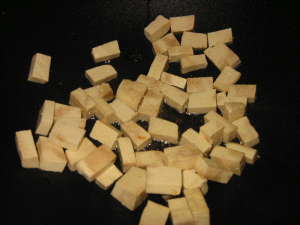
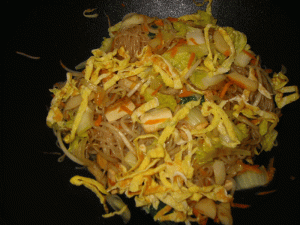
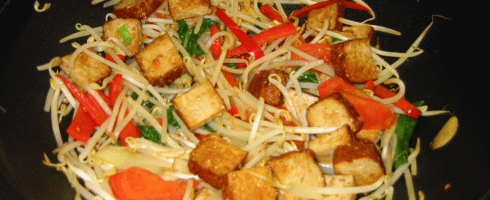
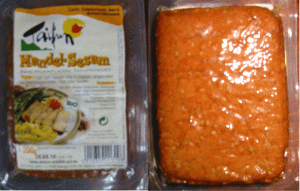





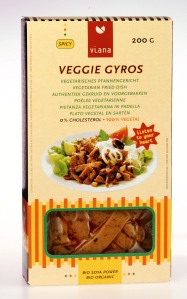

Recent Comments